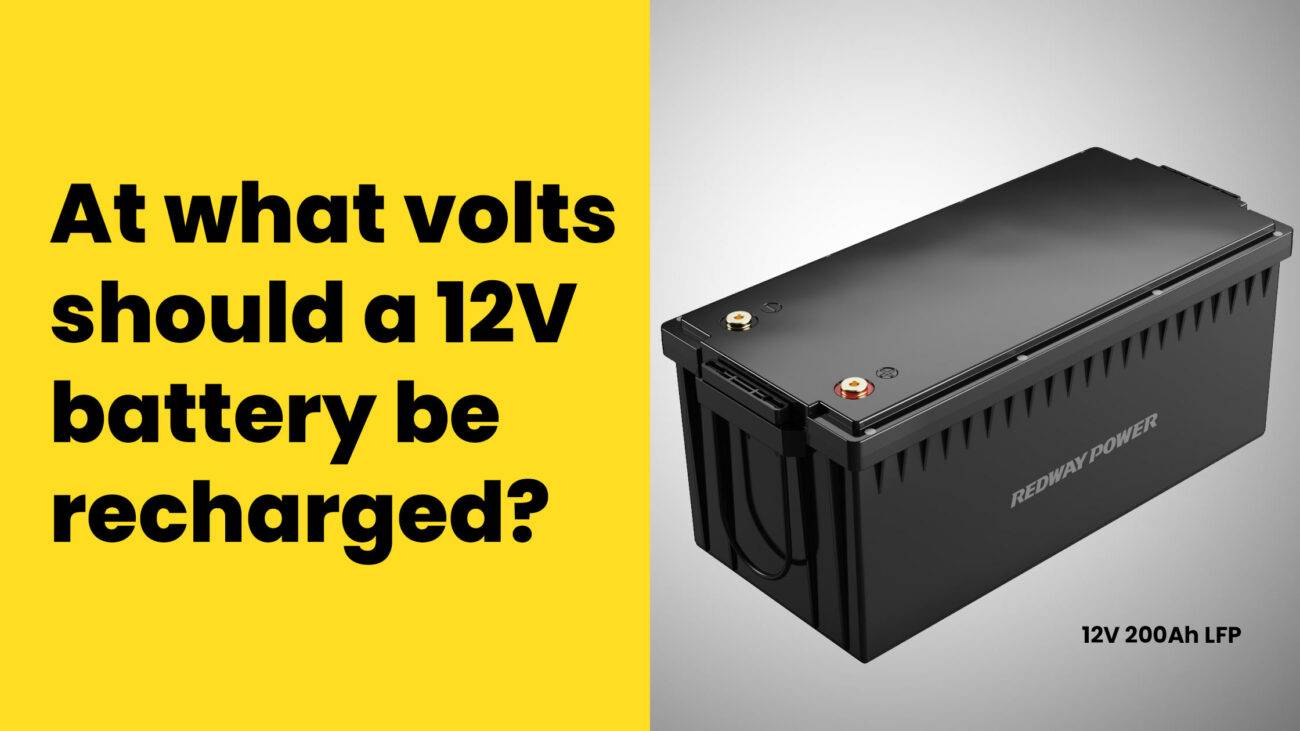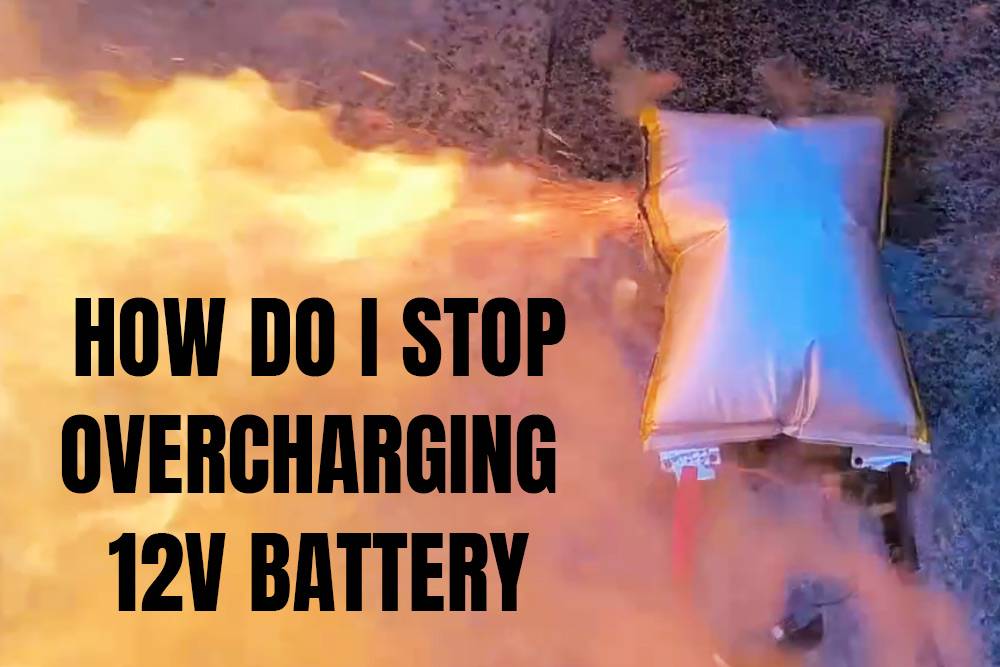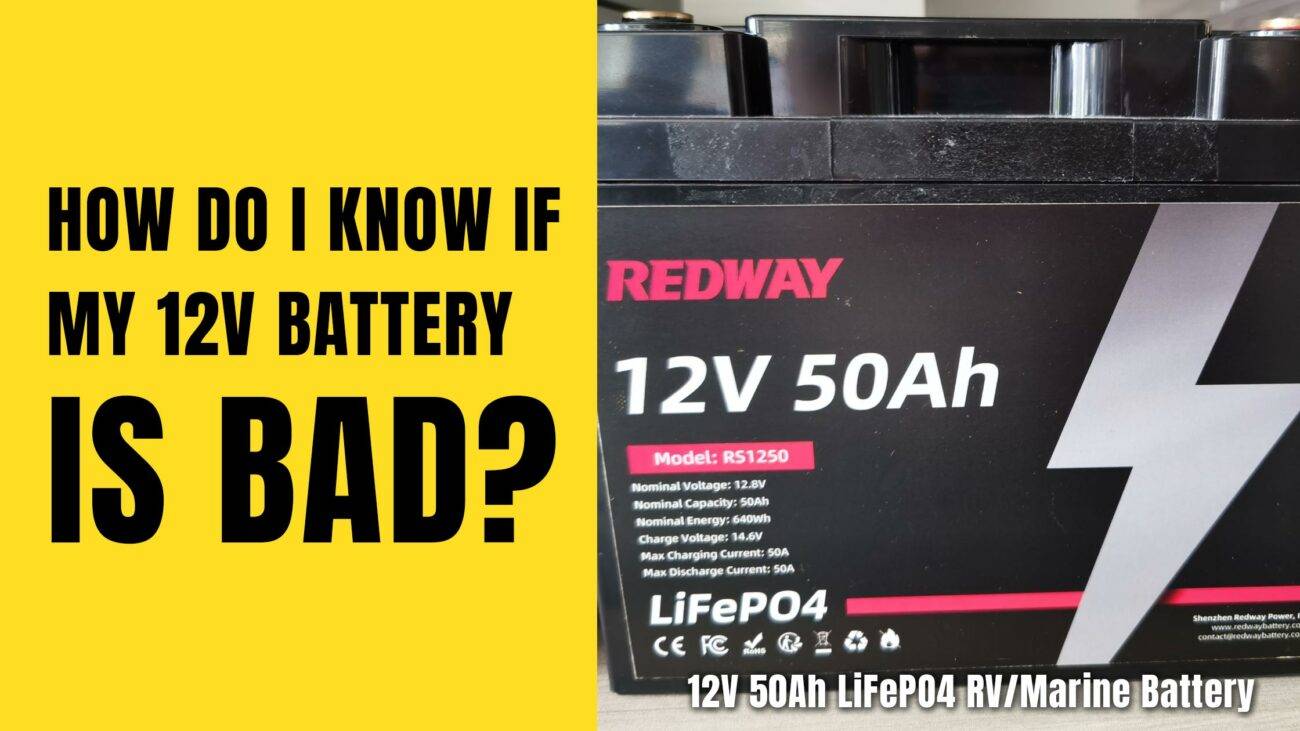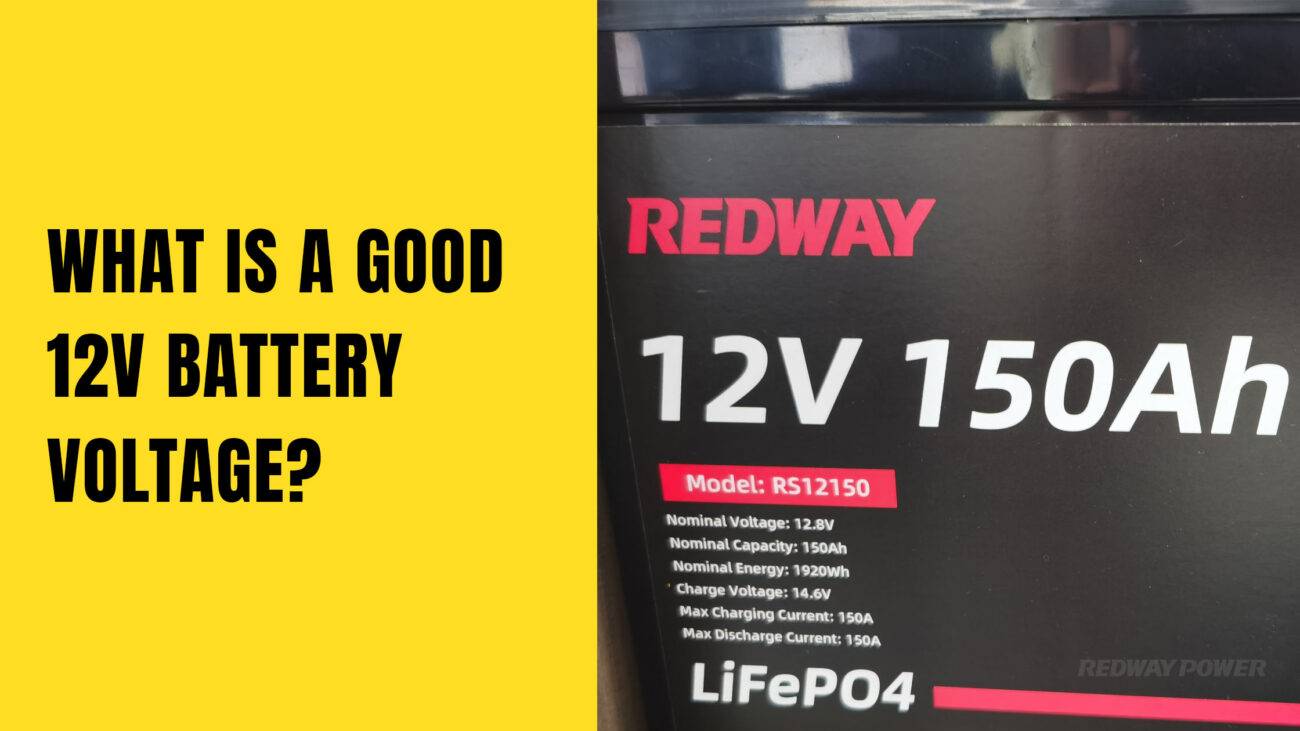- Lithium Golf Cart Battery
- Forklift Lithium Battery
-
48V
- 48V 210Ah
- 48V 300Ah
- 48V 420Ah (949 x 349 x 569 mm)
- 48V 420Ah (950 x 421 x 450 mm)
- 48V 456Ah
- 48V 460Ah (830 x 630 x 590 mm)
- 48V 460Ah (950 x 421 x 450 mm)
- 48V 460Ah (800 x 630 x 600 mm)
- 48V 460Ah (820 x 660 x 470 mm)
- 48V 500Ah
- 48V 560Ah (810 x 630 x 600 mm)
- 48V 560Ah (950 x 592 x 450 mm)
- 48V 600Ah
- 48V 630Ah
-
48V
- 12V Lithium Battery
12V 150Ah Lithium RV Battery
Bluetooth App | BCI Group 31
LiFePO4 Lithium
Discharge Temperature -20°C ~ 65°C
Fast Charger 14.6V 50A
Solar MPPT Charging - 24V Lithium Battery
- 36V Lithium Battery
- 48V Lithium Battery
-
48V LiFePO4 Battery
- 48V 50Ah
- 48V 50Ah (for Golf Carts)
- 48V 60Ah (8D)
- 48V 100Ah (8D)
- 48V 100Ah
- 48V 100Ah (Discharge 100A for Golf Carts)
- 48V 100Ah (Discharge 150A for Golf Carts)
- 48V 100Ah (Discharge 200A for Golf Carts)
- 48V 150Ah (for Golf Carts)
- 48V 160Ah (Discharge 100A for Golf Carts)
- 48V 160Ah (Discharge 160A for Golf Carts)
-
48V LiFePO4 Battery
- 60V Lithium Battery
-
60V LiFePO4 Battery
- 60V 20Ah
- 60V 30Ah
- 60V 50Ah
- 60V 50Ah (Small Size / Side Terminal)
- 60V 100Ah (for Electric Motocycle, Electric Scooter, LSV, AGV)
- 60V 100Ah (for Forklift, AGV, Electric Scooter, Sweeper)
- 60V 150Ah (E-Motocycle / E-Scooter / E-Tricycle / Tour LSV)
- 60V 200Ah (for Forklift, AGV, Electric Scooter, Sweeper)
-
60V LiFePO4 Battery
- 72V~96V Lithium Battery
- Rack-mounted Lithium Battery
- E-Bike Battery
- All-in-One Home-ESS
- Wall-mount Battery ESS
-
Home-ESS Lithium Battery PowerWall
- 24V 100Ah 2.4kWh PW24100-S PowerWall
- 48V 50Ah 2.4kWh PW4850-S PowerWall
- 48V 50Ah 2.56kWh PW5150-S PowerWall
- 48V 100Ah 5.12kWh PW51100-F PowerWall (IP65)
- 48V 100Ah 5.12kWh PW51100-S PowerWall
- 48V 100Ah 5.12kWh PW51100-H PowerWall
- 48V 200Ah 10kWh PW51200-H PowerWall
- 48V 300Ah 15kWh PW51300-H PowerWall
PowerWall 51.2V 100Ah LiFePO4 Lithium Battery
Highly popular in Asia and Eastern Europe.
CE Certification | Home-ESS -
Home-ESS Lithium Battery PowerWall
- Portable Power Stations
How many volts is a fully charged 12v?
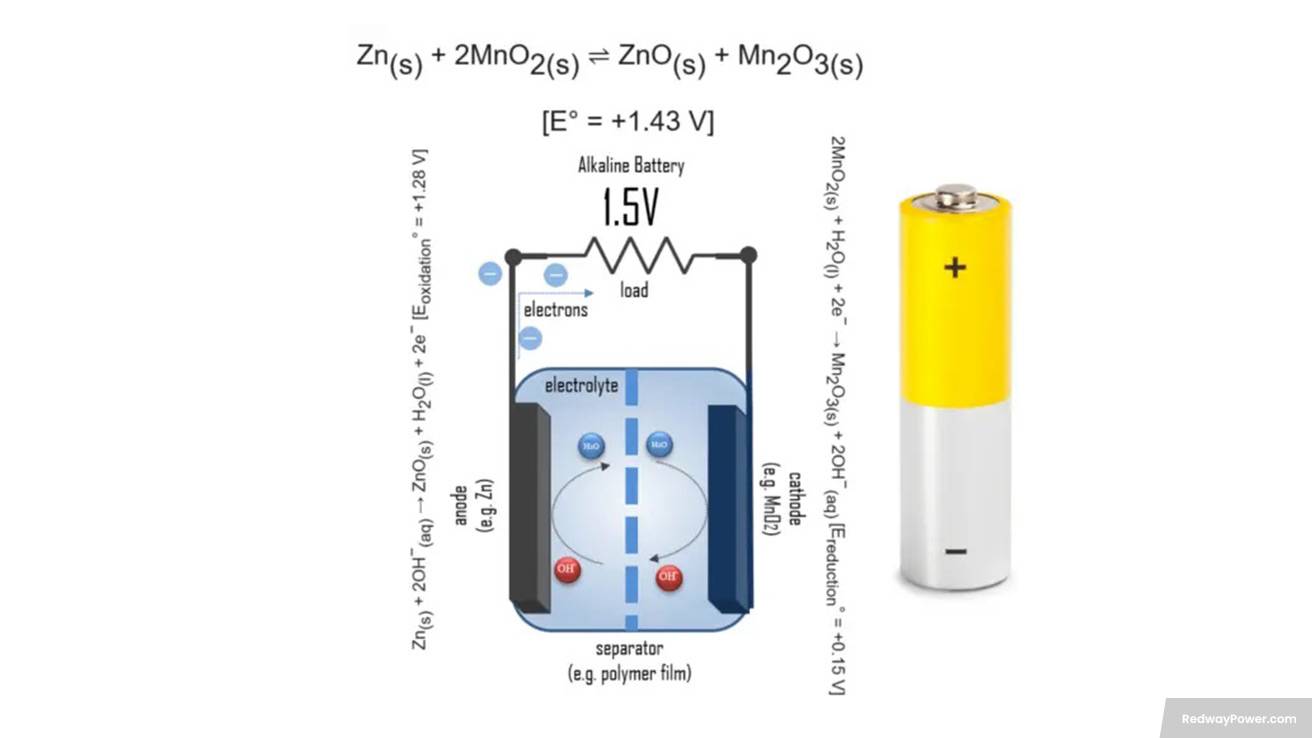
Ensuring our electronic devices function optimally relies on understanding the volts in a fully charged 12V battery. In this post, we’ll explore the significance of voltage, reveal the voltage of a fully charged 12V battery, discuss factors influencing battery voltage, and provide tips for maintaining ideal voltage levels. Let’s embark on this journey into the world of volts for a clearer understanding of our electrical devices!
Understanding Volts and Batteries
Understanding volts and batteries is essential for the proper functioning of electronic devices. Here’s a brief overview:
- Basic Electrical Principles:
- Volts measure electric potential difference or voltage, representing the force pushing electrons through a circuit, akin to water pressure in pipes.
- Battery Fundamentals:
- Batteries store chemical energy and convert it to electrical energy. They comprise cells connected to achieve specific voltages and capacities.
- Importance of Voltage Levels:
- Voltage levels are critical for device functionality. Different gadgets require specific voltage ranges, and using incorrect voltages can lead to damage and safety risks.
- Voltage in a 12V Battery:
- A fully charged 12V battery ideally provides around 12 volts, but actual voltages may vary based on factors like temperature, age, and load conditions.
Understanding volts enables informed decisions about battery selection, preventing compatibility issues and optimizing device performance. In the next section, we’ll explore why this knowledge is vital for electronic devices with real-life examples. Stay tuned!
The Importance of Knowing Voltage for Electrical Devices
Understanding voltage requirements for electrical devices is crucial, ensuring optimal performance and safety. Here’s a concise breakdown:
- Importance of Voltage Knowledge:
- Voltage is the energy in a circuit, and devices need specific levels for proper operation. Providing incorrect voltages can cause overheating, malfunctions, or permanent damage.
- Examples of Voltage Mismatch:
- Plugging a 110-volt device into a 220-volt outlet or vice versa can overwhelm or underpower the device, leading to damage or improper functioning. Check user manuals, specifications, or device labels for accurate voltage information.
- Safety Measures with Transformers and Adapters:
- Knowing and understanding voltages is crucial for safety. Using transformers or adapters during international travel or with foreign appliances prevents accidents due to mismatched voltages.
In conclusion, awareness of your electrical devices’ voltage needs is essential for both optimal functionality and personal safety.
How Many Volts is a Fully Charged 12v Battery?

Understanding volts is crucial for electrical devices, determining the force that powers our gadgets. Let’s explore the importance of knowing voltage, the voltage of a fully charged 12v battery, factors influencing battery voltage, and tips for maintaining optimal levels.
- Importance of Knowing Voltage for Devices:
- Voltage is critical for device functionality; incorrect voltage can lead to damage or failure. Over-voltage causes overheating, while under-voltage results in poor performance or non-operation.
- Voltage of a Fully Charged 12v Battery:
- A fully charged 12v battery ideally reads 12.6 to 13 volts across terminals without load. Actual voltage may vary due to factors like temperature and battery condition.
- Factors Affecting Battery Voltage Levels:
- Temperature, age, usage patterns, and charging methods influence battery voltage. Extreme temperatures impact performance, and proper care is crucial for maintaining voltage over time.
- Tips for Maintaining Optimal Battery Voltage:
- Regularly check and clean terminals, avoid deep discharging, store batteries correctly, follow manufacturer charging guidelines, and monitor temperature to ensure optimal performance and longevity.
Understanding volts and implementing proper battery care ensures optimal device performance and extends their lifespan.
Factors That Affect Voltage Levels in Batteries
Several factors influence the voltage levels in batteries, impacting their performance. Let’s explore key factors such as battery chemistry, state of charge, temperature, age, external loads, and charging methods.
- Battery Chemistry:
- Different battery chemistries (lead-acid, lithium-ion, nickel-cadmium) exhibit distinct voltage characteristics, affecting overall performance.
- State of Charge (SOC):
- Voltage levels change as batteries discharge (decreasing voltage) and charge (increasing voltage) – understanding SOC is crucial for monitoring battery health.
- Temperature Impact:
- Batteries function optimally within specific temperature ranges; extreme cold or heat can adversely affect performance and cause voltage fluctuations.
- Age and Condition:
- The age and condition of a battery influence its ability to maintain stable voltages. Over time, degradation or internal resistance may occur.
- External Loads:
- Connected devices draw current and impact available voltage. High-power or simultaneous connections may lead to significant voltage drops.
- Charging Methods:
- Improper charging methods or equipment, like overcharging, can increase cell temperatures and damage the battery’s chemical structure, affecting voltages.
Understanding and managing these factors are crucial for ensuring optimal battery performance and longevity.
Tips for Maintaining Optimum Voltage in Batteries
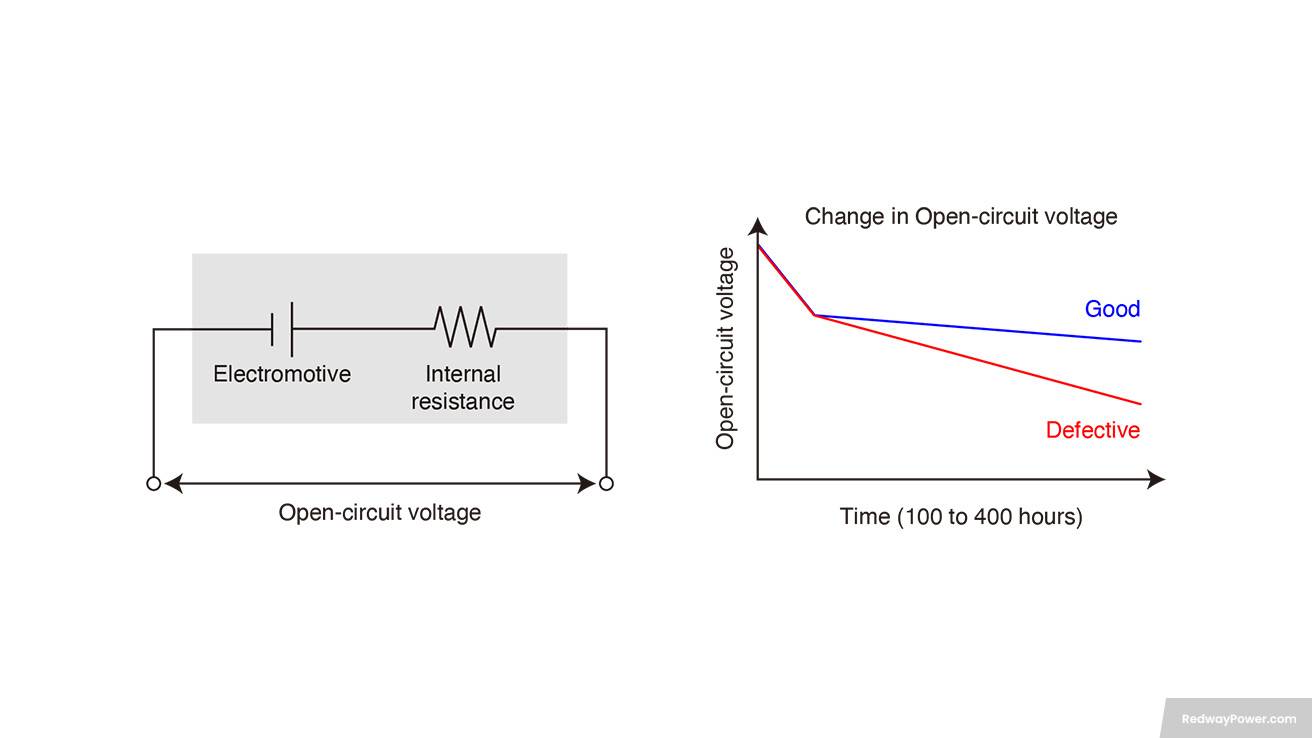
Ensuring your batteries maintain optimum voltage is crucial for reliable performance. Follow these practical tips to keep your 12V battery in top shape.
- Regular Voltage Checks:
- Make it a habit to measure your battery’s voltage regularly, especially during heavy usage. This helps assess its charge level and take timely action if needed.
- Proper Charging:
- Adhere to the manufacturer’s charging instructions. Incorrect charging, whether overcharging or undercharging, can impact voltage levels and reduce battery lifespan.
- Avoid Deep Discharges:
- Refrain from fully draining your battery before recharging. Deep discharges can cause irreversible damage, diminishing voltage capacity over time.
- Optimal Storage Conditions:
- Store batteries in a cool, dry place when not in use. Extreme temperatures can negatively affect performance and voltage levels.
- Regular Terminal Cleaning:
- Clean battery terminals periodically to prevent corrosion, ensuring proper electrical conductivity and maintaining optimal voltage output.
- Use Compatible Chargers:
- Use chargers designed for your battery type and adhere to recommended charging parameters outlined by the manufacturer.
- Replace Old Batteries:
- If significant voltage drops persist, consider replacing the battery. Over time, batteries naturally lose their ability to hold charges effectively.
Consistently following these tips will help sustain optimal voltage levels in your 12V battery, ensuring prolonged reliability. Remember the importance of understanding volts for safe handling of electrical devices.
FAQs
What are the 12V battery levels for lithium-ion while charging?
When charging a lithium-ion battery, it is recommended to monitor the voltage level closely. For a 12V lithium-ion battery, the optimal charging voltage typically falls within the range of 14.2V to 14.6V. This range ensures that the battery is being charged effectively without exceeding its safety limits. Charging below this range may result in a slower trickle charge or no charging at all, while charging above it could potentially compromise the battery’s safety margins. It is crucial to stay within this specified voltage range to maintain the battery’s health and performance over time.
What is the state of charge for 12 volt lithium-ion batteries?
The state of charge for 12 volt lithium-ion batteries can be determined based on the battery voltage values when the battery is at rest and when it’s time to recharge. Typically, a healthy 12V lithium-ion battery will have specific voltage values corresponding to its state of charge, which can vary depending on factors such as discharge rate, temperature, and usage conditions. It is important to note that the voltage values are approximate and for reference only.
For a more accurate understanding of the current state of charge of a lithium-ion battery, especially lithium iron phosphate batteries, direct communication with the battery through a remote control screen or app is recommended. The state of charge can exhibit a sharp drop-off towards the end, particularly after the battery voltage dips below a certain threshold, indicating rapid changes in the state of charge that can potentially impact the battery’s longevity and performance. Therefore, monitoring the battery’s voltage and understanding how it correlates with the state of charge is crucial in maintaining the battery’s health and optimizing its usage.
What voltage is too high for a 12V battery?
When dealing with a 12V battery, it is essential to consider the voltage limits that can be detrimental to its health. For a 12V lithium iron phosphate battery, exceeding a voltage of 14.8 Volts may indicate an overvoltage issue and could potentially lead to problems. Additionally, for lead acid batteries with a 12V rating, surpassing 12.9 Volts can also be a cause for concern. Monitoring voltage levels and ensuring they remain within these specified thresholds is crucial for maintaining the optimal functioning and longevity of these batteries.
What voltage is too low for a 12V battery?
For a 12V battery, the voltage level considered ‘too low’ is crucial to prevent damage and ensure optimal performance. In the case of a 12V lithium battery, monitoring the voltage to prevent it from dropping below 10Volts is essential to avoid potential problems. For traditional lead-acid batteries, a voltage of at least 12.3V is required to maintain reliable functionality. When a battery’s voltage becomes too low, it can indicate excessive wear and tear, leading to decreased charging efficiency and capacity. Ultimately, a battery with a consistently low voltage may become unusable over time.
What is a cranking test and why is it important for measuring battery effectiveness?
A cranking test is a diagnostic procedure used to evaluate the effectiveness of a car battery. During this test, a multimeter is used to measure the voltage output of the battery while attempting to start the vehicle. A healthy battery should maintain a voltage between 9 volts and 10 volts during the cranking test. If the voltage drops below this range, it could indicate that the battery is weak and may need to be replaced. The cranking test is important because it provides insight into the ability of the battery to deliver sufficient power to start the engine. By conducting this test, car owners can assess the condition of their battery and take proactive measures to prevent potential issues related to battery failure.
What voltage should a 12v battery show when the car is running?
When a car is running, a 12-volt battery should show a voltage between 13.7 volts to 14.7 volts. It is crucial to measure this voltage while the car is in operation to obtain an accurate reading. Additionally, during the initial start of the vehicle, the voltage may drop temporarily below the typical operating range. This drop in voltage is known as a cranking test, which helps assess the battery’s performance. A healthy 12-volt battery should maintain a voltage between 9 volts and 10 volts when attempting to crank the engine. If the voltage falls below this range, it could indicate a weak battery that may require replacement.
What are the signs of a failing car battery that I should look out for?
Certainly! Signs of a failing car battery that you should be vigilant for may encompass issues with the electronics in your vehicle, such as slow response or malfunctions, dimming of headlights or interior lights, and the clear indicator of a dead battery – being unable to start your car altogether.
How to maintain a 12V battery life?
To maintain the life of a 12V battery, follow these steps:
Regular Maintenance:
Check and clean terminals regularly to prevent corrosion buildup, which can affect performance.
Avoid deep discharging, as it can strain the battery and reduce capacity over time.
Store batteries according to manufacturer guidelines in a cool, dry place to preserve quality.
Charging Precautions:
Adhere to manufacturer’s charging guidelines to prevent overcharging or undercharging, which can damage the battery.
Monitor temperature closely, as extreme temperatures can impact battery health.
Expert Advice:
Seek guidance from experts like Renogy for advice on battery selection, solar charging, and choosing the right chargers and controllers.
Renogy can provide tailored recommendations to suit your specific needs and circumstances.
By following these tips and seeking expert guidance when needed, you can maximize the lifespan and efficiency of your 12V battery.
To measure a 12V battery accurately, consider the following steps and precautions
Factors affecting voltage: Be mindful of factors like temperature, age, and load conditions, as they can influence the actual voltage readings of the battery.
Obtaining an accurate reading: Touch the metal part of the red probe to the positive terminal and the metal part of the black probe to the negative terminal. The readout on the multimeter will display the battery’s voltage at rest.
Safety precautions: Ensure you’re only holding the shielded plastic part of the multimeter probes. Remove any hanging jewelry and keep rings away from metal contact points. Keep the working area dry and wear shoes with non-conductive soles to prevent electrical hazards.
Multimeter settings: Set your multimeter to the closest available setting above 12V, typically the 20V setting, to ensure an accurate measurement.
Battery preparation: Disconnect the battery from its circuit to bring it to a resting state. This usually involves removing the clamps from the positive and negative terminals.
Following these steps will help you obtain a reliable measurement of the voltage of your 12V battery, ensuring accurate readings for diagnostic or maintenance purposes.
When is a 12-volt battery considered discharged?
A 12-volt battery is typically considered discharged when its voltage drops below 11.8 volts. At this point, the battery is no longer able to provide sufficient power for optimal performance and may need recharging.
What is the difference between voltage and amperage in car batteries?
Voltage (V) measures the electrical potential difference, while amperage (A) measures the flow of electric current. Voltage determines the power available, and amperage indicates how much current the battery can supply.
How are 12-volt batteries constructed?
A 12-volt battery is constructed from six 2-volt cells connected in series. Each cell contains lead plates and an electrolyte solution, usually sulfuric acid, which allows for chemical reactions to generate electrical power.
Why do most vehicle batteries have either 12 or 6 volts?
Vehicle batteries are typically 12 volts because this voltage provides sufficient power for starting the engine and operating electrical systems. 6-volt batteries are used in older vehicles and some specialty applications.
How powerful is the electric current generated by a car battery?
Car batteries generate a current typically measured in amperes (A). The exact amount of current depends on the battery’s capacity and the electrical demands of the vehicle. For example, a typical car battery may provide 400-600 cold cranking amps (CCA) at startup.
How much electricity do car batteries produce?
Car batteries produce electrical energy measured in watt-hours (Wh). For example, a 12-volt car battery with a 48 amp-hour (Ah) rating can store 576 watt-hours of electricity (12V x 48Ah).
How can wattage be calculated using voltage and amperage?
Wattage (W) can be calculated using the formula: Wattage = Voltage (V) x Amperage (A). For example, a 12-volt battery providing 10 amps of current produces 120 watts of power.
Why does it take longer to start a car in cold weather?
Cold weather increases the viscosity of engine oil and thickens the battery’s electrolyte, reducing the battery’s efficiency and cranking power. This makes it harder for the engine to turn over, requiring more time and energy.
What is the voltage output of a fully charged 6-volt battery?
A fully charged 6-volt battery typically has a voltage output of about 6.3 to 6.4 volts. This voltage may vary slightly depending on the battery’s state of charge and condition.
How many cells does a 12-volt battery have?
A 12-volt battery consists of six cells connected in series. Each cell generates approximately 2 volts, combining to provide a total of 12 volts.




















